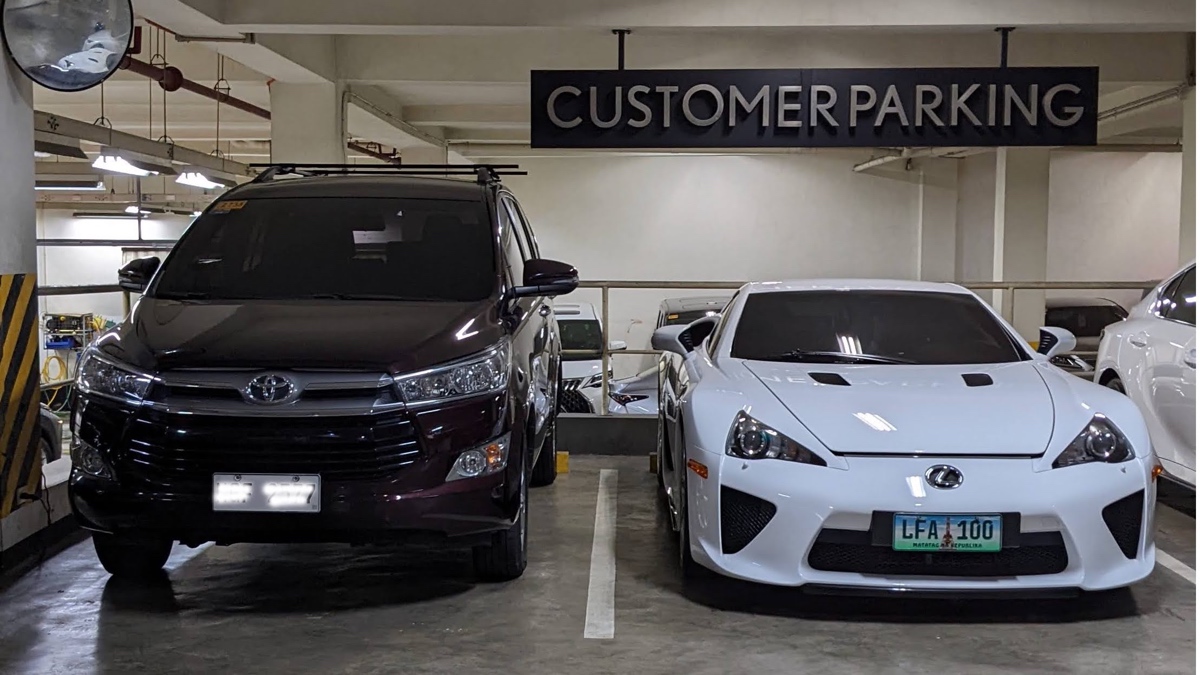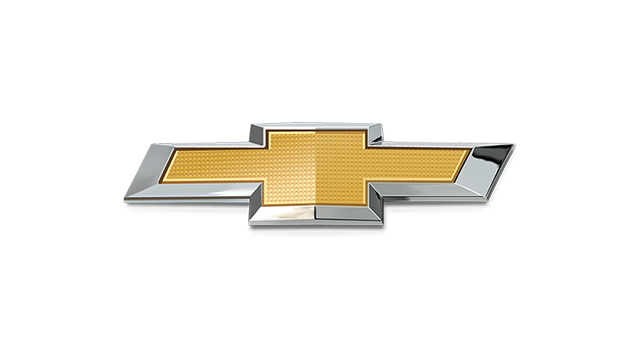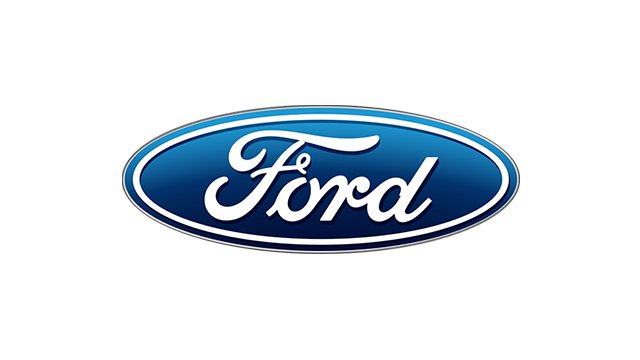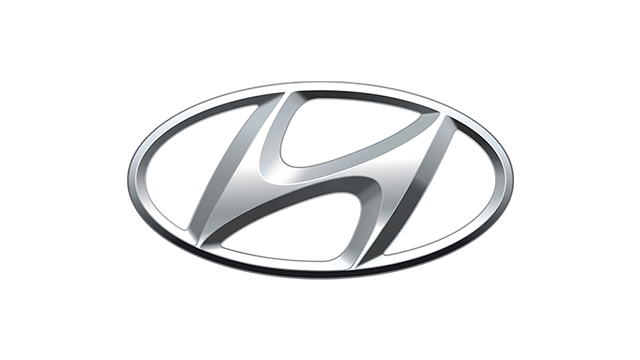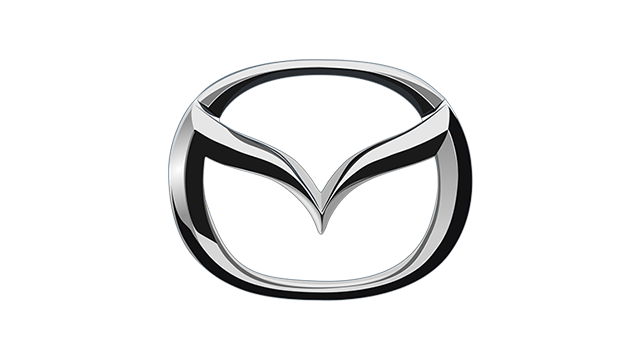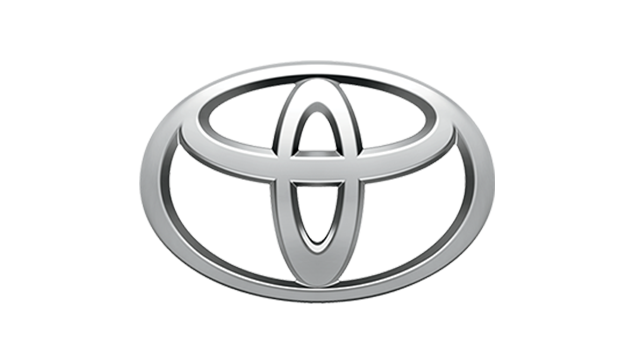Fellow editor Anton Andres asked me: “Should we sell Kei cars and mini EVs in the Philippines?” And it took me a long time to formulate an answer to that. Because it’s a very complicated question, with no easy answers.
Back when I was an indie motoring journalist, I got a call from an uncle with a business proposition. “May gusto akong ipakita sa iyo” (I want to show you something) he said - somewhat mysteriously - over the phone. A few hours later, I was at his house, looking at an odd little thing parked behind his old Pajero at the back of the garage.
OTHER STORIES YOU MIGHT HAVE MISSED:
Review: 2023 Moto Guzzi V7 Stone
Nissan has now sold 1,000,000 electric vehicles across the world
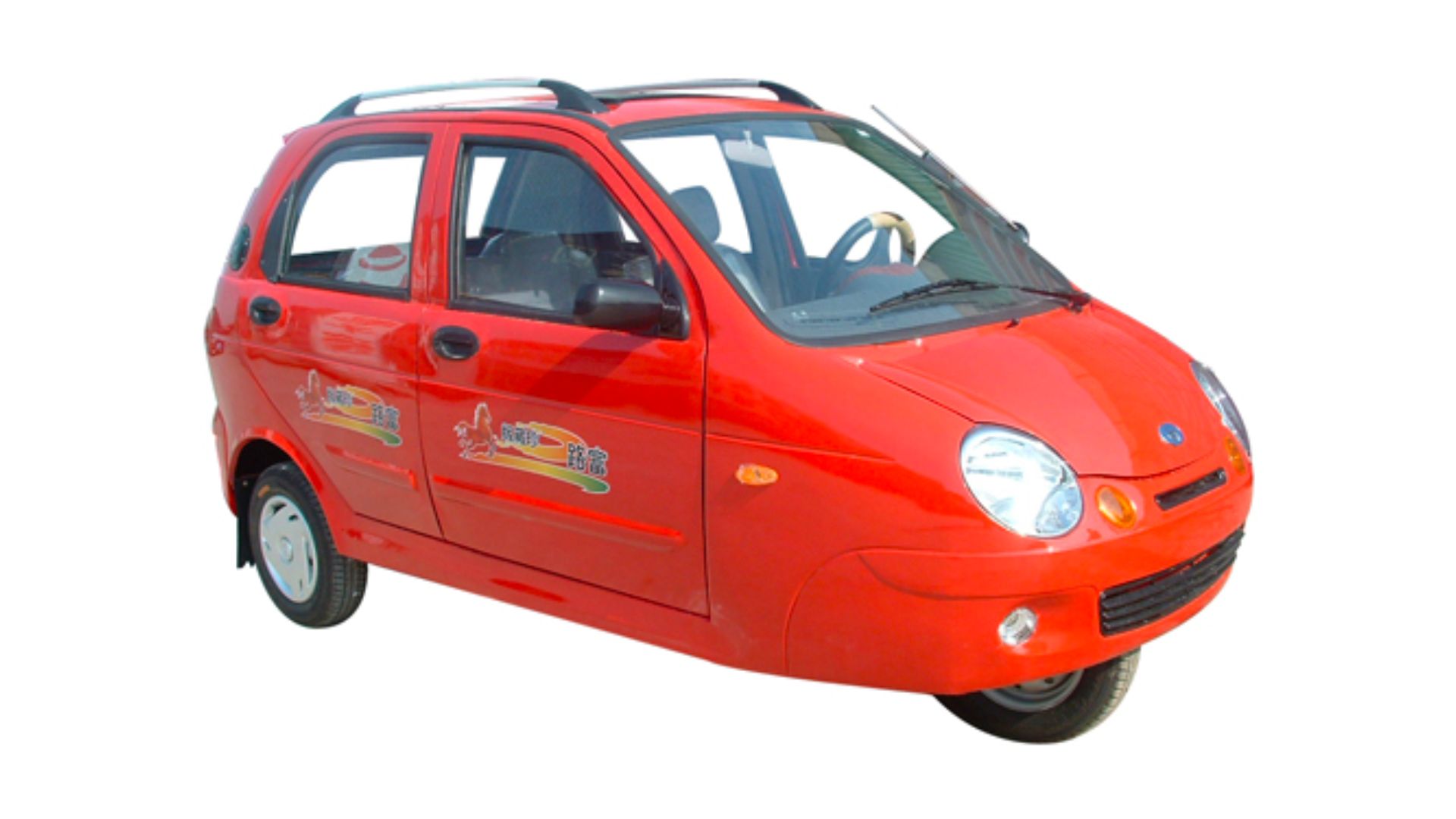
It looked like nothing more than a cross between a Daewoo Matiz and a tricycle. Basically, the guts of a tuktuk sitting underneath a car body pressed from knock-off
molds, sitting on tiny twelve inch steelies. Painted appliance white and primer black. It drove much as you’d expect: rattly, bouncy, and with the directional stability of a three-wheeled shopping cart.
But it was so much fun. And so intriguing. The air-cooled 250cc bike engine under the rear hatch could be maintained with a single socket wrench and a screwdriver. I fixed a low idle issue with one in the first few minutes of my first test drive. Fuel economy was fantastic. Despite the abysmal handling, squeezing through traffic like a maxi-scooter was liberating. And the fact that it could keep four people dry in torrential rain? That was simply a bonus.
And that price. At just over P200k, it was only a little more money than a tricycle, and half the price of the cheapest car on the market at the time.
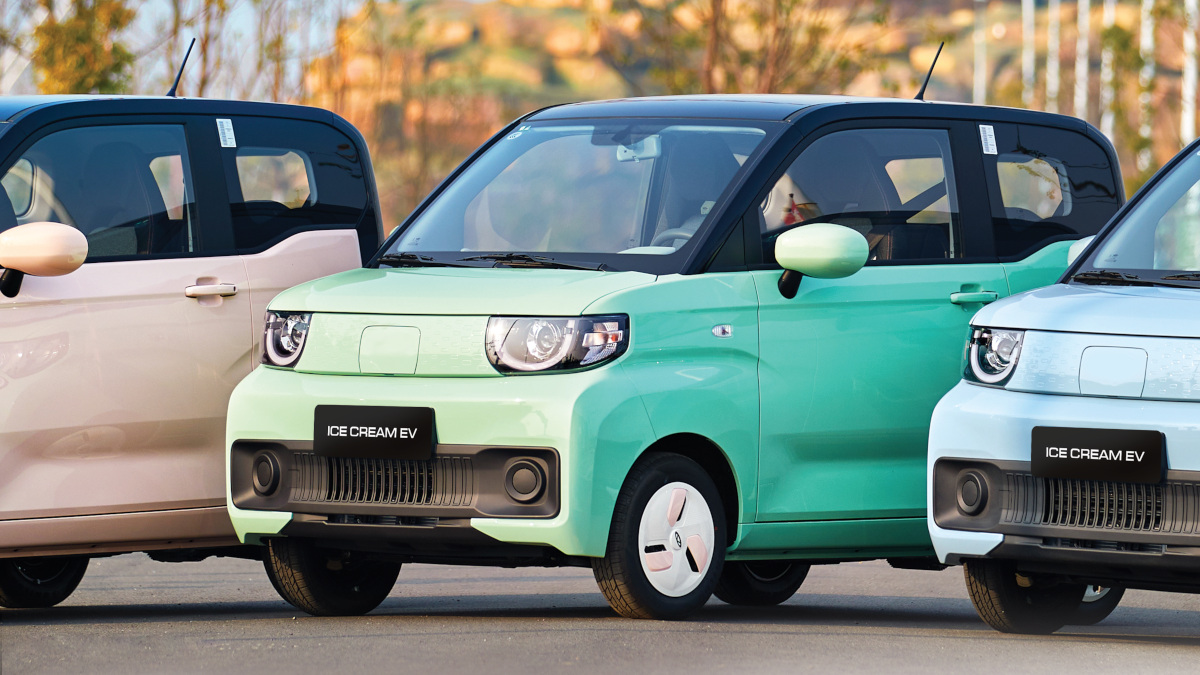
It should have been a winner. But it never sold. And the reasons for that are why I have little faith that the new crop of Chinese micro-EVs will experience any form of long term success in our market.
It can be tempting, looking at China’s affordable mini-EVs or Japan’s astonishingly cheap Kei cars, to wonder why we don’t have either option here. But there are some major differences between the Philippines and its neighbors. Differences which militate against the sale of tiny cars for our tiny roads.
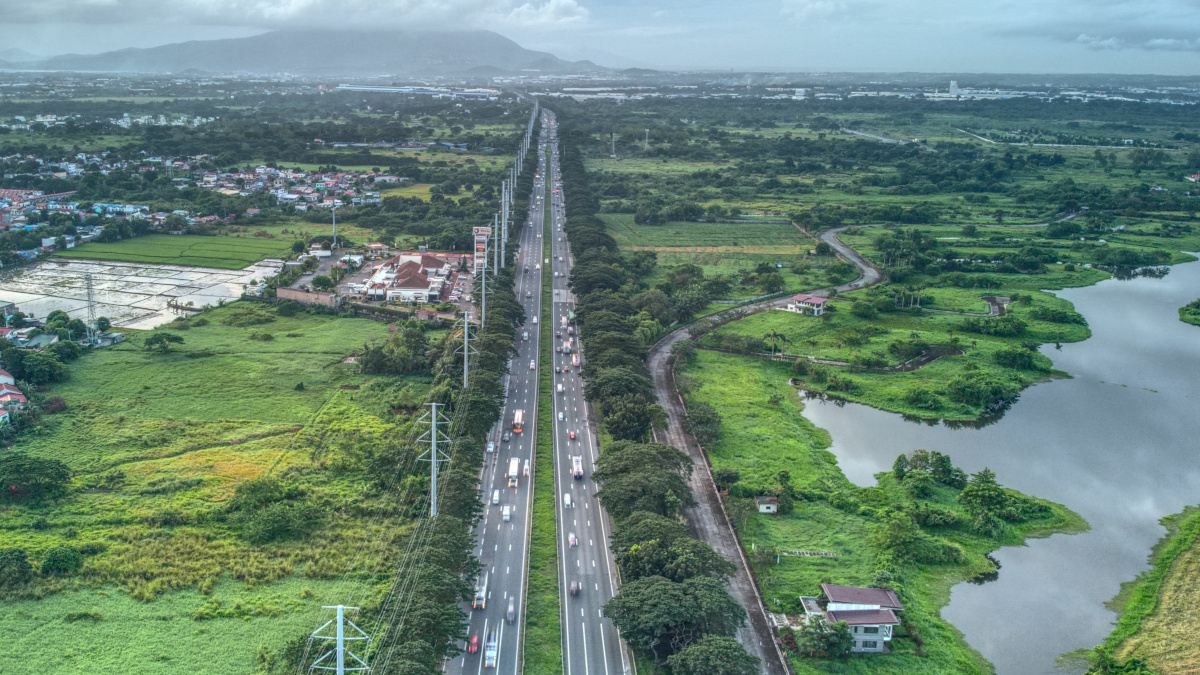
Most of these differences are historical in nature. The Philippines was introduced to motoring as an American colony, and much of the country’s modern roads and motoring infrastructure were built around the American concept of transportation and the expectation that every middle class family would own a house and a two-car garage. And in the post-war economy, used American equipment created a transport boom in the form of the jeepney.
These expectations carried through for decades, with the focus on mobility being on four-wheeled transport. A focus so strong that it took the Philippines decades to follow in the two-wheeled mobility revolution unfolding in its neighbors. A focus so strong that we actually needed new legislation to reverse long-standing structural obstacles against something as basic as bicycle usage.
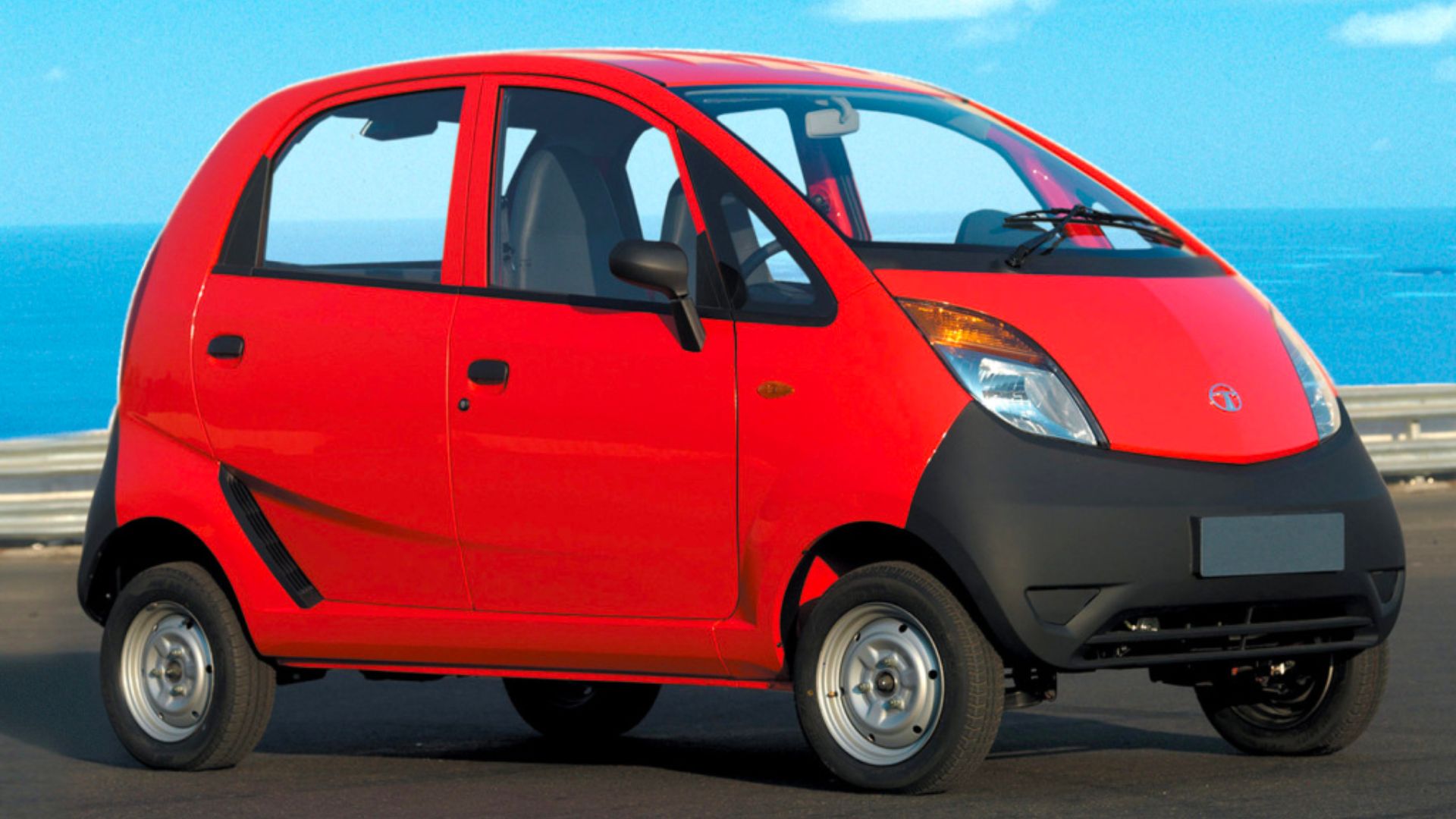
There is a class war in the Philippines, with a disdain by moneyed car-owners for those who use motorcycles and bicycles on a regular basis. And this class war carries over to cars.
This is not a uniquely Philippine phenomenon. Tata, one of India’s biggest manufacturers, worked hard to create the cheapest car in the world. And they succeeded. The Tata Nano launched in 2008 at a price of well under 100,000 pesos.
Nobody bought it.
Okay, that’s an exaggeration. Some people bought it. But Tata expected to sell 250,000 a year. In its best year, the Nano only sold a few thousand units. And for the same reason that my uncle’s ill-fated Chinese car never sold. It was simply too cheap.
Buyers have expectations for cars. They expect cars to be comfortable. They expect them to have air-conditioning. They expect them to be “safe.” Granted, the ability to withstand a 100 km/h crash matters very little for a vehicle that you will only ever drive around your small barangay or in the back roads of your city, but the expectation of being able to drive on the highway for long distances in relative safety comes with every car purchase.
Compared to a Tata Nano or a Chinese cycle-car, even a twenty five year old Corolla with an expired registration seems like a good deal.

Japanese Kei Cars meet and even exceed these expectations. They’re built to modern crash standards, they have a ton of features, and they are extremely cheap. Not 100k pesos cheap, but you can get a modern Kei car in Japan for just over 300k pesos.
But that’s Japan. Where Kei cars are given massive tax breaks versus regular cars. We already have Kei-level cars here, most notably in the form of the Suzuki S-Presso, but despite lower Indian production costs, it still costs 620k pesos, about double what a Kei car does. Yes, it’s bigger, but not all that much bigger. Yet it is simply deemed too small by most buyers.
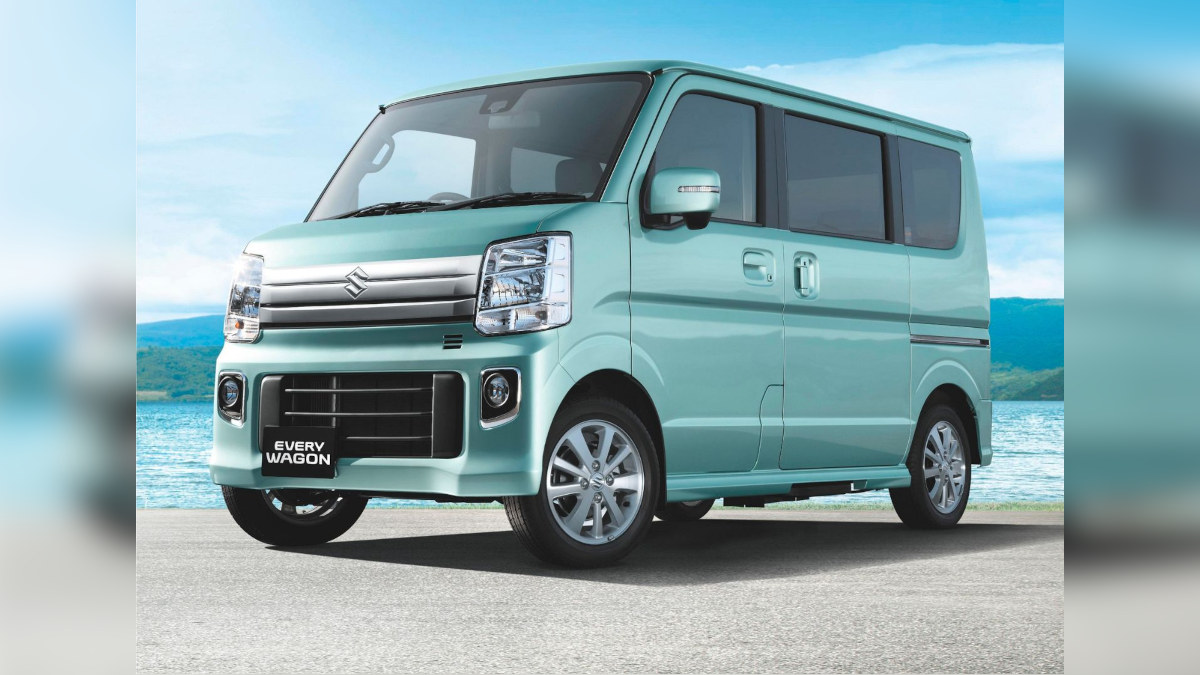
And therein lies the rub for Kei cars. Strict Japanese laws limit them to under 3.4 meters in length and under 1.5 meters in width. Fine if you’re riding alone, but traditionally, Filipino car owners have served as family bus services for decades. Which has pushed buyers towards bigger and bigger cars. The stigma against small cars and the family car mindset persist even as new car buyers nowadays have smaller - or even no - families to carry around. Buyers focus on the “maximum use” case when buying: “Can it fit everyone and the kitchen sink when I go to Baguio?” Even if they will never use it that way, they expect the answer to be yes.
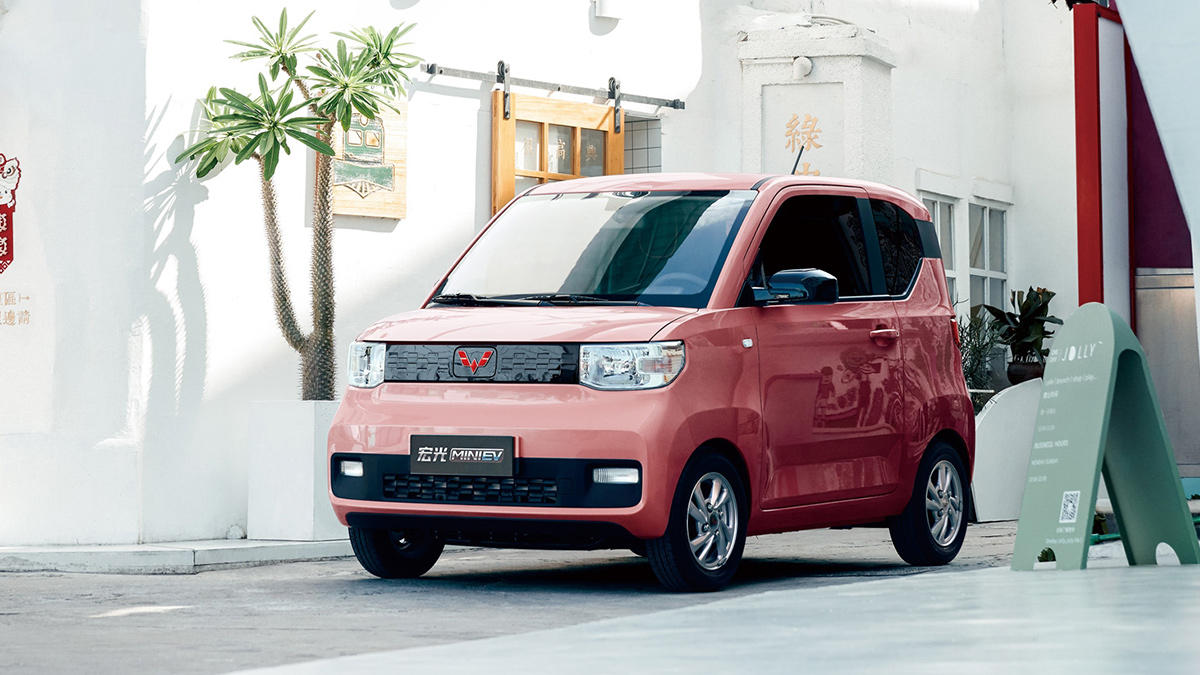
There is a double whammy there for Chinese mini-EVs like the Ice Cream and the upcoming Wuling Mini. The lack of cargo space and long distance capability limits the number of buyers that these vehicles appeal to. With a 170 kilometer range, you need two full batteries to get to Baguio. With an overnight stop-over at Clark Freeport to charge up, both ways.
Fortunately, advances in battery technology and new tax breaks make them half the price of comparable EVs of a decade ago. Unfortunately, while they're cheap compared to your standard Toyota Corolla, they're still in the same price range as the S-Presso or the larger Toyota Wigo. You can even get a Corolla-sized MG5 for that money. Granted, it’s nowhere near as economical to run as a mini-EV, but the extra space is a big come-on for Filipino buyers fixated on that “maximum use” case rather than their daily needs. And car manufacturers don't mind this.
There is more profit margin in big SUVs than Wigo-sized cars.
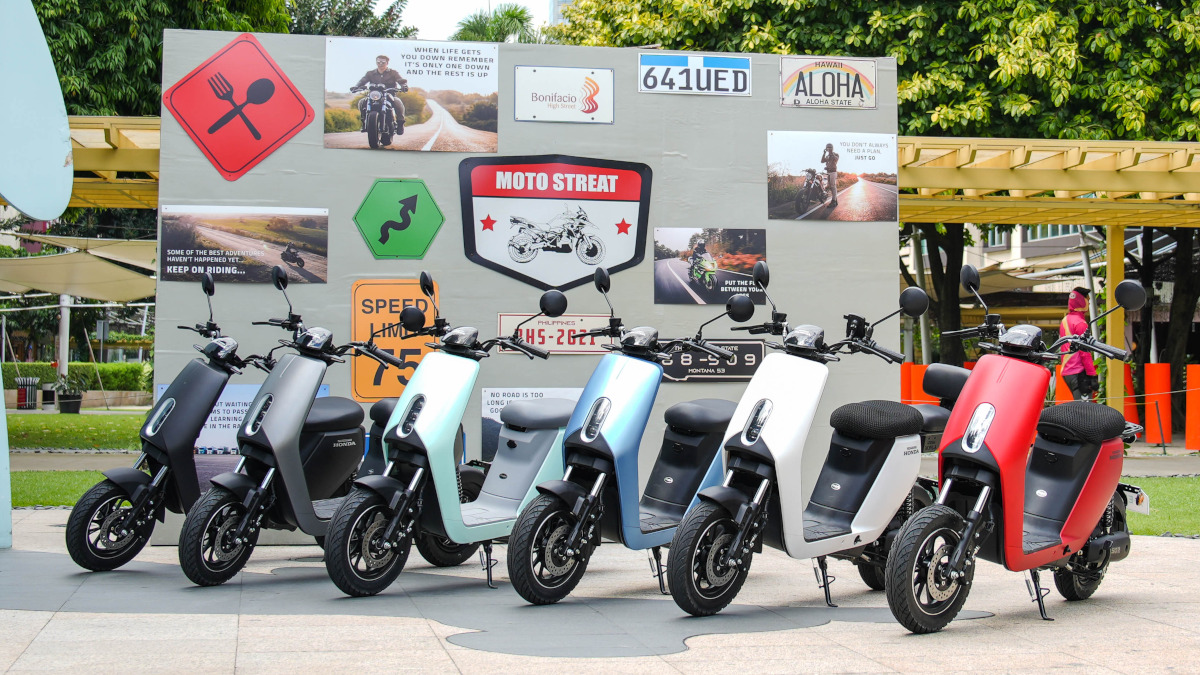
This mindset relegates mini-EVs to local runabout use. Which they excel at. But this brings us to the elephant in the room: E-bikes.
Over the past several years, sales of e-bikes have boomed in this country. They address the lack of personal mobility options for those who cannot afford gasoline-powered cars. The same type of users that Mini EVs would appeal to, if only they were cheaper.
Point of fact: E-bikes and E-trikes are Mini EVs. They possess many of the same benefits - minus, of course, air-conditioning. And yet while they are efficient and take up very little road space, local government units treat them as nothing more than a nuisance for private car owners. That same class war between car-owners and two-wheeled riders extends to E-trikes, however useful they might be. This colors legislation and infrastructure, which are often made by those who can afford to drive - or worse, who can afford their own drivers - instead of those forced to commute on a daily basis.
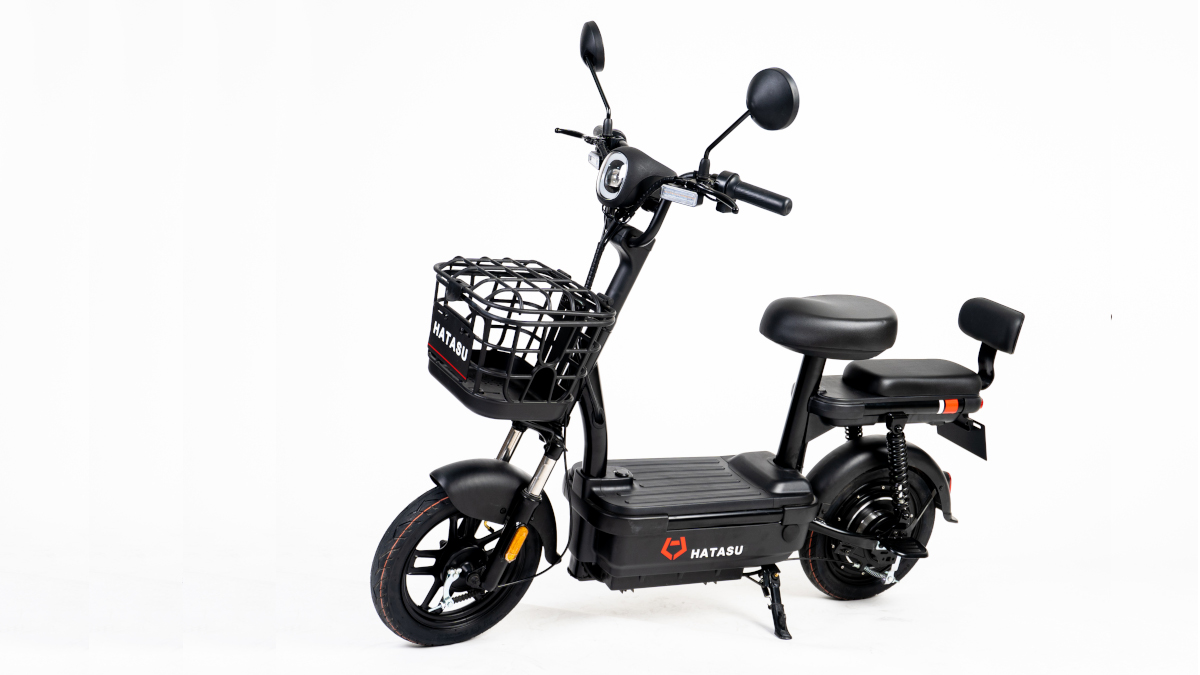
Even now, car owners make up only 10% of the population. And even less in the province, where e-bikes and e-trikes are slowly replacing old and dilapidated motorcycles and tricycles. Unfortunately, e-motorcycles, which address many of the heavier use-cases of full-sized motorcycles and tricycles, were not even considered under the latest EV tariff EO. Again, a signal of how little heed lawmakers pay towards the EVs that most of the population can afford.
In the end, the question isn’t whether we should sell Mini EVs in the Philippines. We already do. Modern low-speed e-trikes are nowhere near as capable as the Chinese three-wheeler I drove so many moons ago, but they cost just 50-80k pesos, with a warranty. They don't have AC, and aren’t anywhere near expressway legal, but they are affordable, rugged and easy to use, and have the potential to transform inner-city transport. Where the Asian Development Bank E-trike program has seen mixed results, largely due to the 450k peso price tag of the approved design, some far-flung towns now use homebrew electric tricycles built around much cheaper commercially available e-scooters.
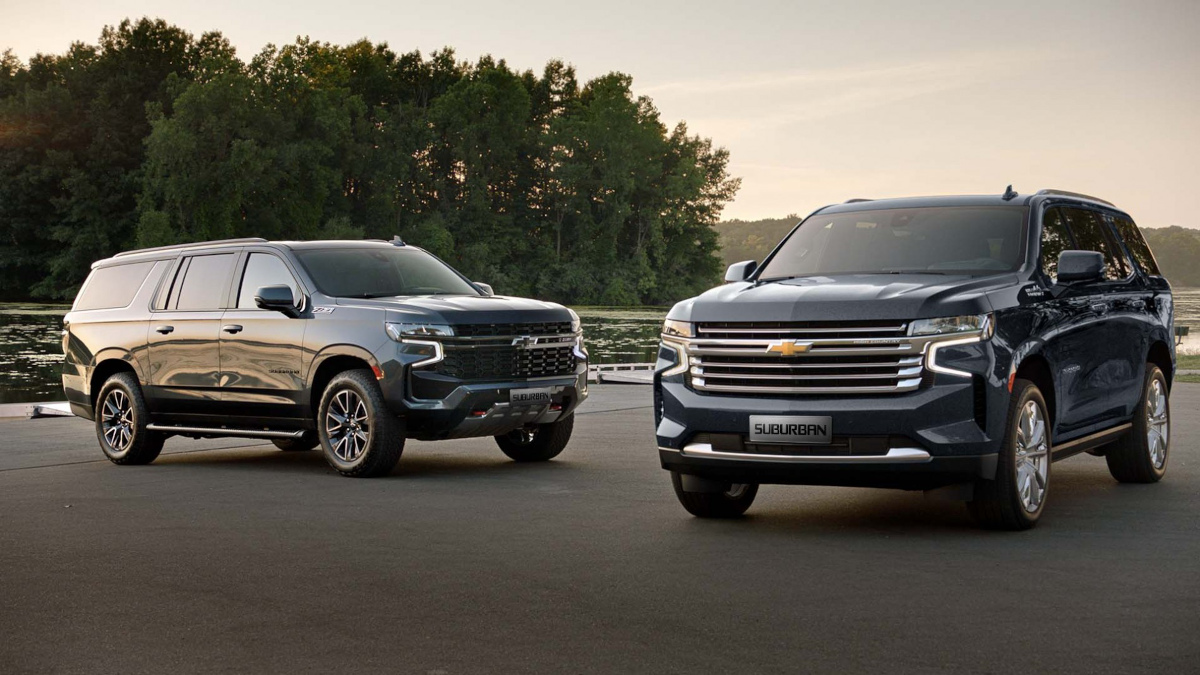
Again, the question isn’t whether we should. We already do. The bigger question is whether we embrace the grassroots revolution sprouting up under our feet or work against it - as some LGUs are already doing - and force wheeled transport to conform to the same boxes that they have for decades, pushing buyers into big car and SUV-sized EVs that only the very rich can afford, in pursuit of a 50’s American ideal that never really fit a country like the Philippines, anyway.


